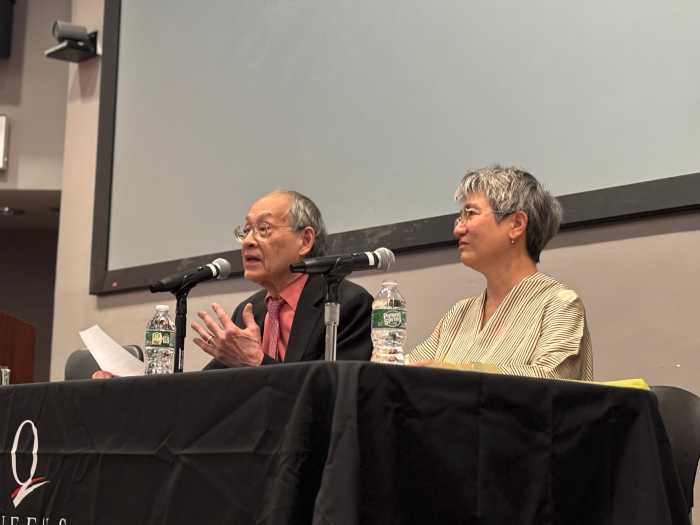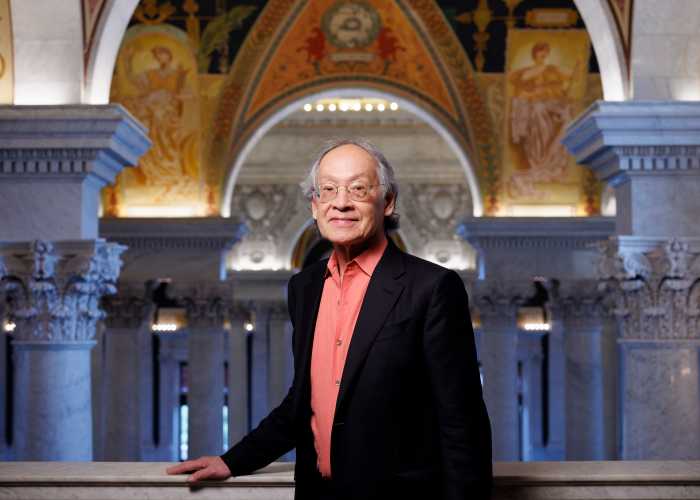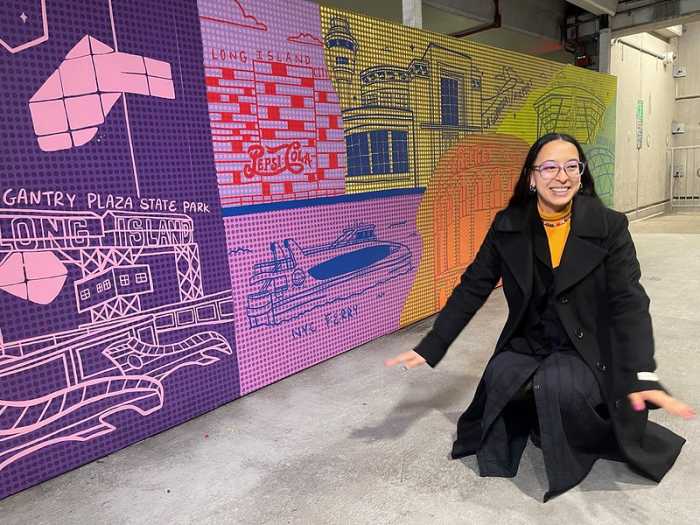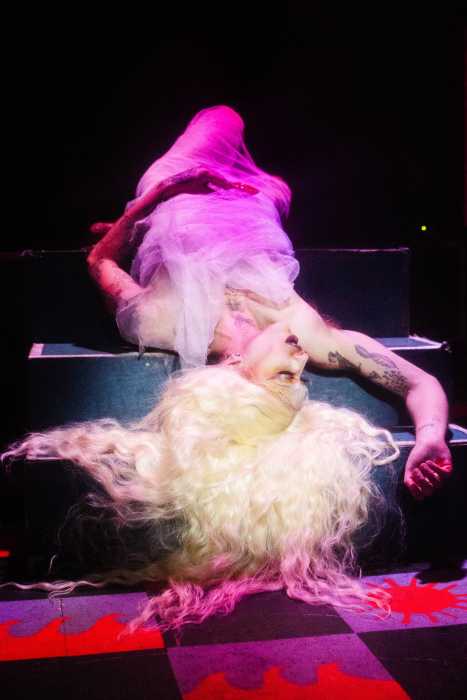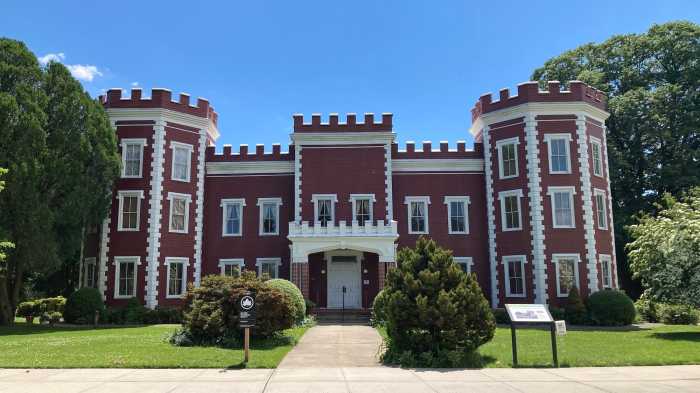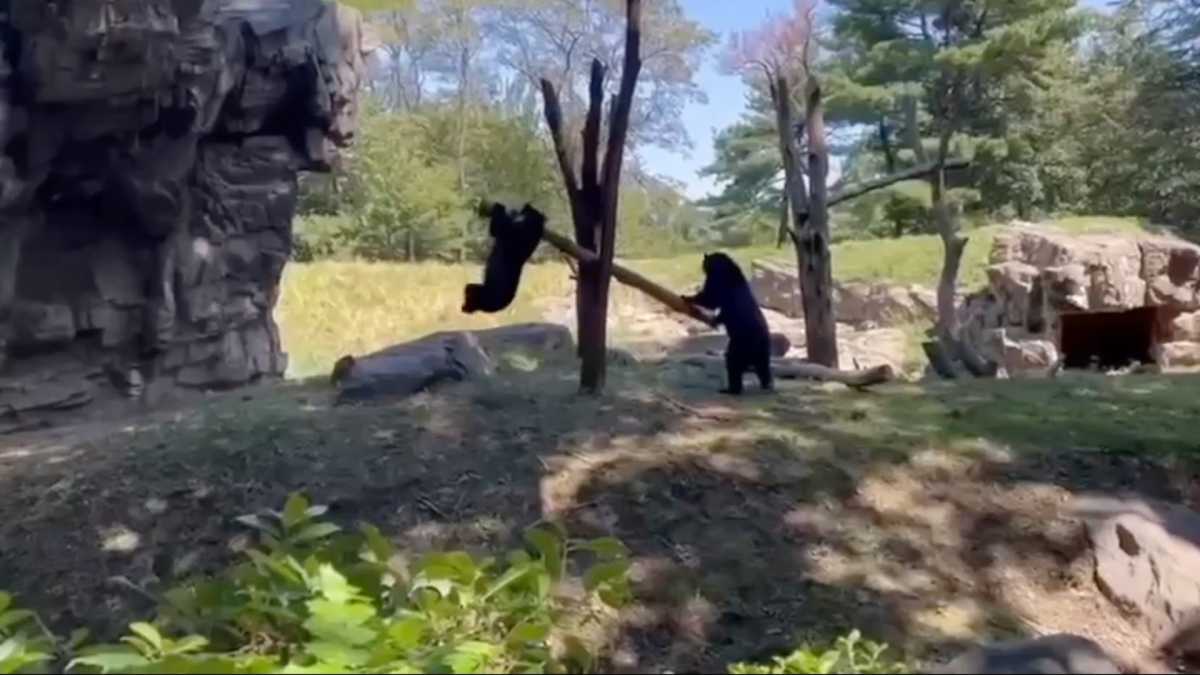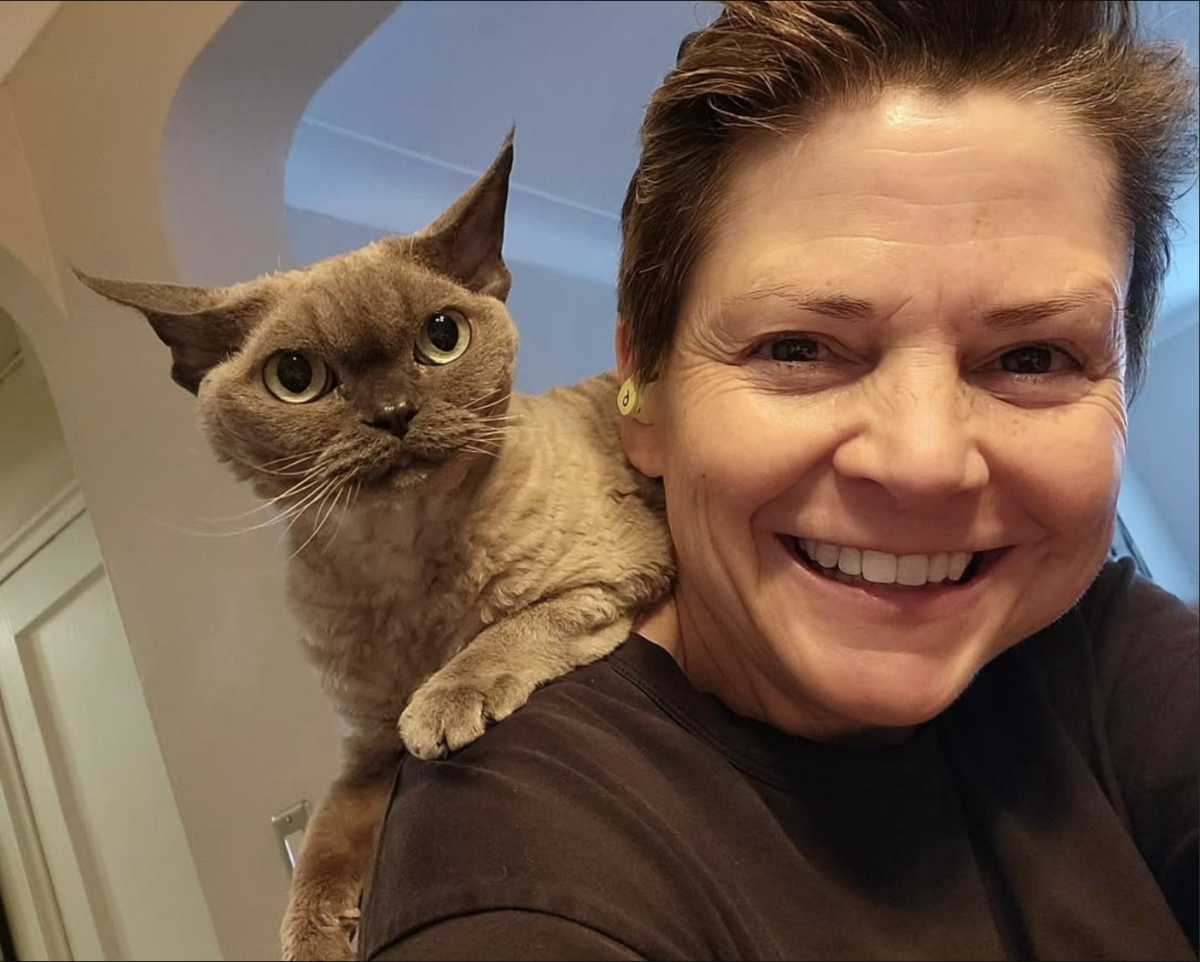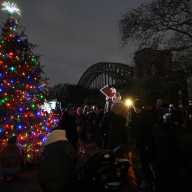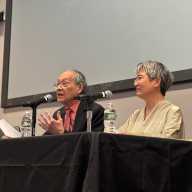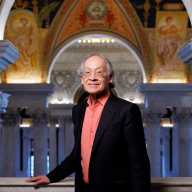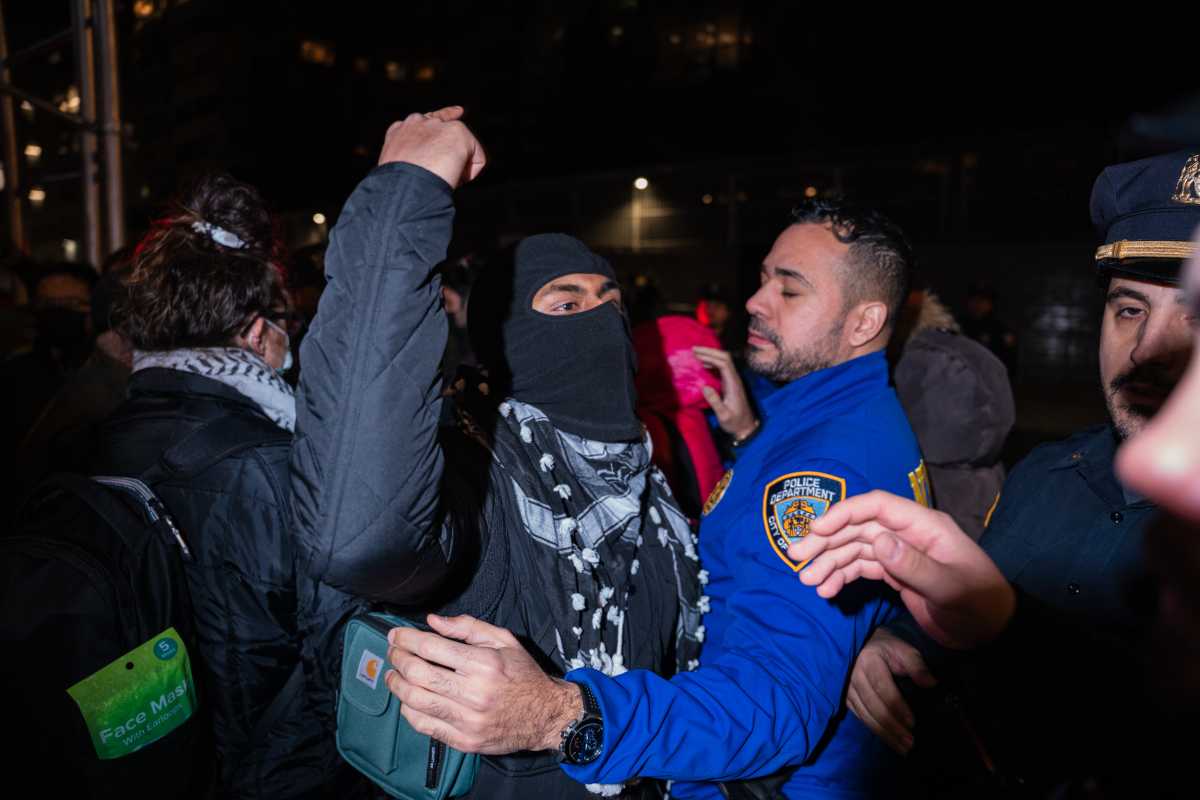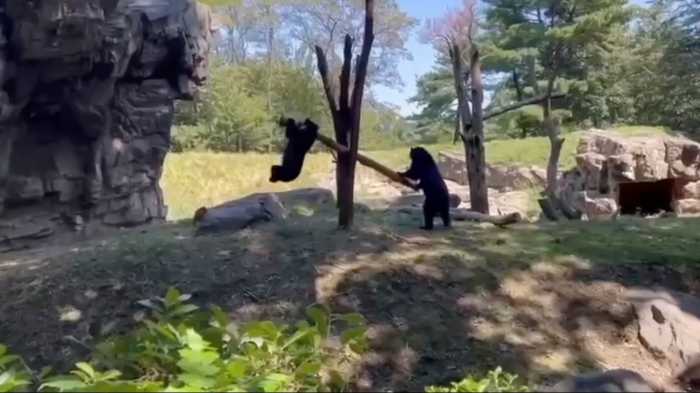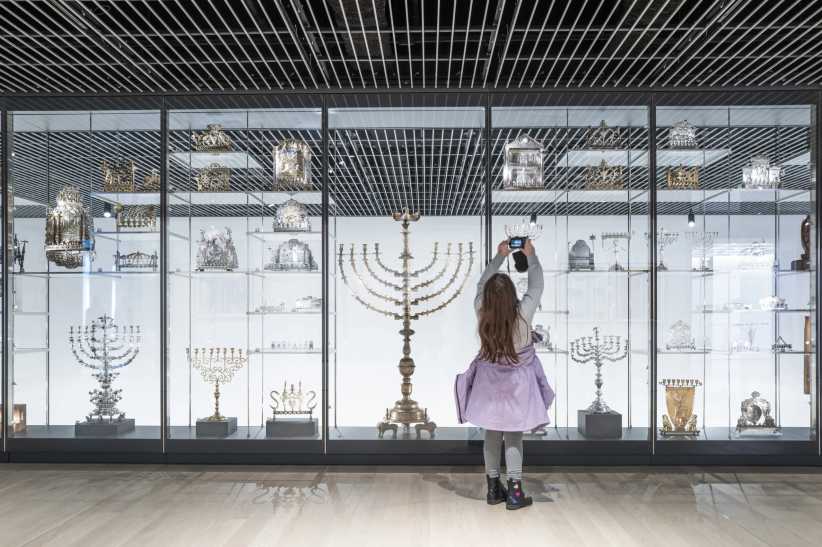A new art exhibition celebrating neighborhoods in the outer boroughs often “overlooked by planners” but vital to the life of the city, including the Queens areas of Willets Point and the Rockaways, has opened in a Brooklyn gallery.
“Paintings from the Kings and Queens Trilogy: Willets Point, the Rockaways and Gowanus” is the culmination of photographer-turned-artist John Wilkes’ ten-year exploration of New York’s “outer borough edgelands” – urban zones caught in the “push-pull between decay and renewal.”
The exhibition, housed at Brooklyn’s Prospect Range Projects at 12-26 Prospect Ave., is open Sundays from 2 p.m. to 6 p.m., with a closing reception on July 15 between 6:30 p.m. and 10 p.m.
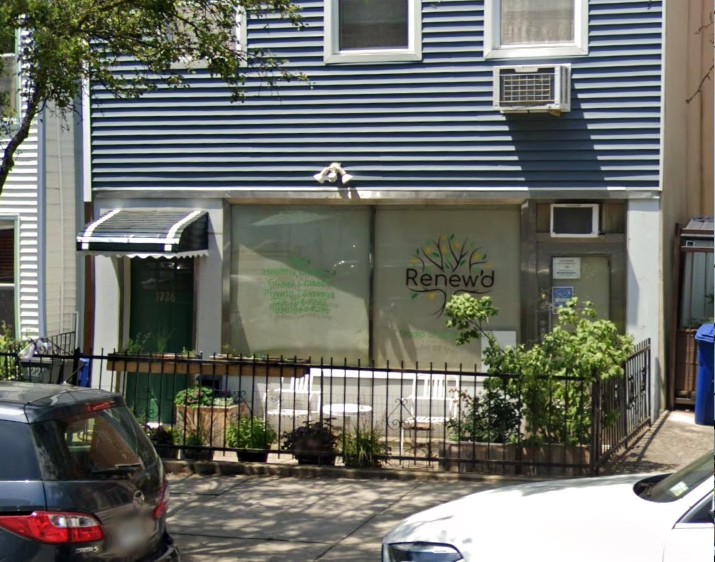
Paintings from the Kings and Queens Trilogy features more than 25 paintings exploring the three different neighborhoods, with a specific focus on Willets Point as Wilkes’ most recent work.
Dexter Buell, the artistic director at Prospect Range Projects, said the exhibition’s focus on Willets Point is particularly poignant given that the “infamous stretch of mud, metal, and off-the-books labor” is now undergoing wholescale redevelopment and renewal through projects such as New York City FC’s soccer stadium and adjacent housing development.
Buell said Wilkes, who is now in his 80s, wanted to capture areas such as Willets Point in their current form before gentrification takes over
“The pressure on those sites of spaces is always a condition of urban existence,” Buell said. “I think that he (Wilkes) sort of wants to witness them before they disappear – ‘let’s have a look at what has here before.'”
Wilkes, meanwhile, described areas like Gowanus, Willets Point and the Rockaways as neighborhoods where “the city sheds its skin.” He said his work aims to capture the areas before they change for ever as part of massive urban renewal projects.
“Nothing is permanent, but nothing really disappears either,” Wilkes said.
Buell said Wilkes has been drawn to such neighborhoods for over a decade, stating that his paintings document the “visual language of urban margins” by using subject matter such as auto parts, scaffolding, boarded windows and floodlights.
All of Wilkes’ paintings are at night, giving the work a “moody” feel, according to Buell.
The exhibition also highlights the “storm-battered” Rockaways and the “industrial backwaters” of Gowanus, Buell said.
Buell said Wilkes, who had a career as a professional photographer before becoming a painter, was always drawn to how spectacular New York City looks at night and was keen to explore areas of the city that are not illuminated by the artificial light of the Manhattan skyline.
Buell said he hopes Queens residents will make the journey to Brooklyn to see two Queens neighborhoods immortalized in paint.


